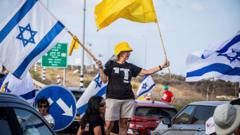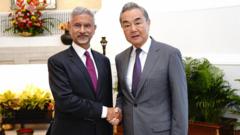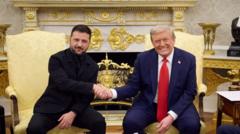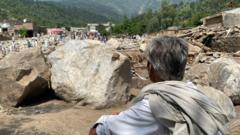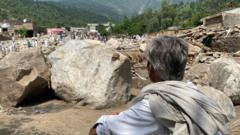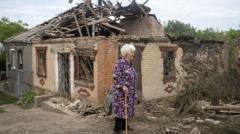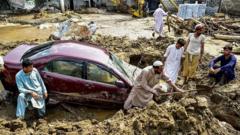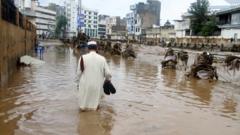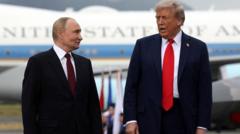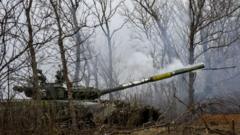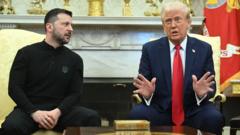Various Indian media outlets contributed to the spread of false narratives regarding military engagements with Pakistan, raising concerns about the integrity and independence of journalism in wartime.**
The Role of Media in Propagating Misinformation Amidst India-Pakistan Tensions**

The Role of Media in Propagating Misinformation Amidst India-Pakistan Tensions**
A closer examination of the Indian media landscape reveals alarming trends of misinformation during the recent military conflicts.**
In the backdrop of escalating military tensions between India and Pakistan, a troubling trend has emerged within the Indian media landscape: the amplification of misinformation and unverifiable claims. During these recent confrontations, reports streamed into the public eye boasting Indian military achievements such as strikes on Pakistani nuclear installations, the downing of fighter jets, and attacks on critical infrastructures like Karachi's port. However, an investigation has shown that these reports were not only exaggerated but occasionally entirely fabricated.
Social media platforms were inundated with a torrent of disinformation, making it challenging to differentiate fact from fiction. Dr. Sumitra Badrinathan, a political science professor at American University, identifies a shift in the typical landscape of misinformation, noting that even reputable news outlets joined in disseminating unverified content. "This phenomenon is alarming, especially when credible institutions morph into vehicles for misinformation," she stated.
The urgency for sensational reporting during the four-day conflict seemingly overshadowed journalistic integrity. Traditional media channels, once respected for their fact-checking, broadcasted dubious claims, including alarmist stories about radiation leaks from the purported attacks on Pakistani territory. Detailed diagrams and maps that supposedly showcased the strikes were circulated widely, despite lacking substantiation.
This media behavior poses a significant dilemma for populations trying to comprehend complex geopolitical situations, particularly between two nuclear-armed nations. The implications extend beyond immediate misinformation, as it raises concerns about the future role and reliability of media journalism. As Dr. Badrinathan remarked, when established news sources contribute to misinformation, it becomes a substantial societal issue, one that complicates the public’s understanding of critical events.
The frenzy surrounding nationalistic sentiments and the rush to report on military gains appear to have pushed traditional boundaries of responsible journalism, demonstrating an urgent need for reflection and recalibration in reporting practices, especially in conflict scenarios.
Social media platforms were inundated with a torrent of disinformation, making it challenging to differentiate fact from fiction. Dr. Sumitra Badrinathan, a political science professor at American University, identifies a shift in the typical landscape of misinformation, noting that even reputable news outlets joined in disseminating unverified content. "This phenomenon is alarming, especially when credible institutions morph into vehicles for misinformation," she stated.
The urgency for sensational reporting during the four-day conflict seemingly overshadowed journalistic integrity. Traditional media channels, once respected for their fact-checking, broadcasted dubious claims, including alarmist stories about radiation leaks from the purported attacks on Pakistani territory. Detailed diagrams and maps that supposedly showcased the strikes were circulated widely, despite lacking substantiation.
This media behavior poses a significant dilemma for populations trying to comprehend complex geopolitical situations, particularly between two nuclear-armed nations. The implications extend beyond immediate misinformation, as it raises concerns about the future role and reliability of media journalism. As Dr. Badrinathan remarked, when established news sources contribute to misinformation, it becomes a substantial societal issue, one that complicates the public’s understanding of critical events.
The frenzy surrounding nationalistic sentiments and the rush to report on military gains appear to have pushed traditional boundaries of responsible journalism, demonstrating an urgent need for reflection and recalibration in reporting practices, especially in conflict scenarios.

